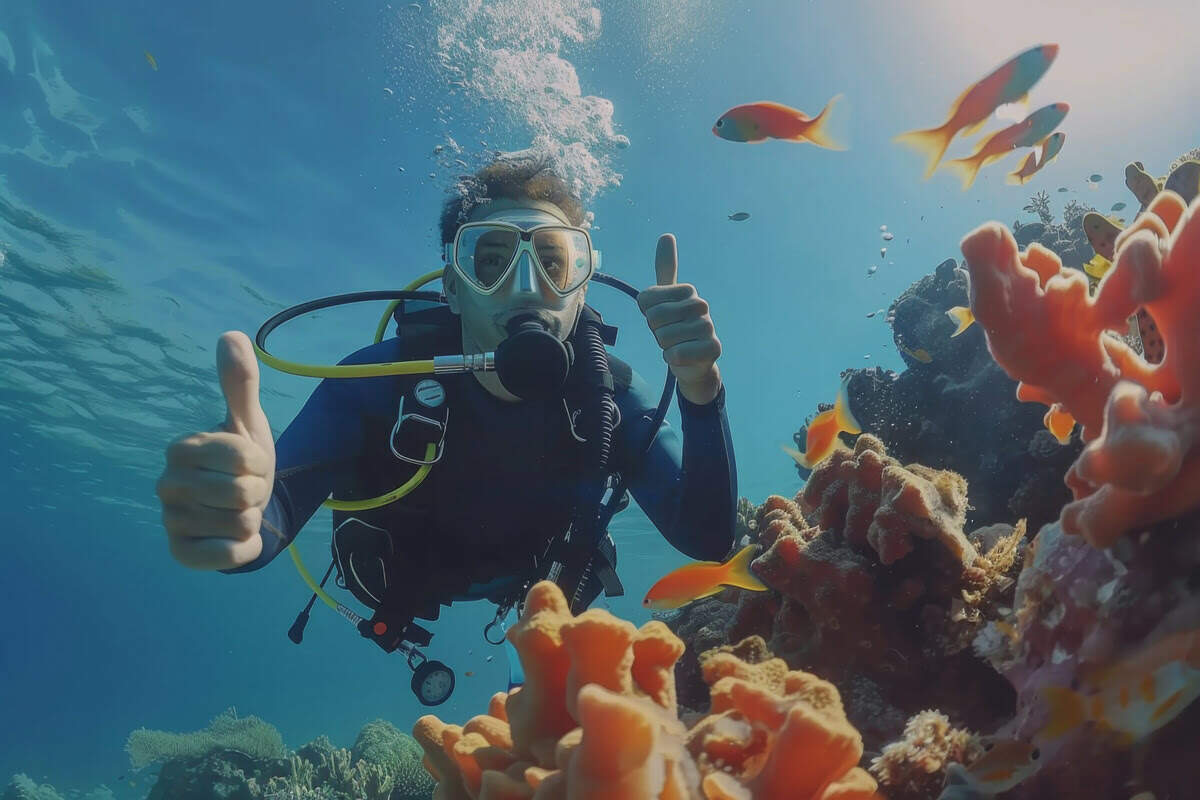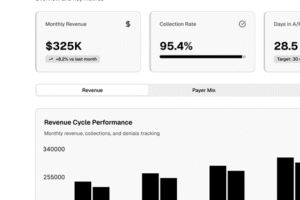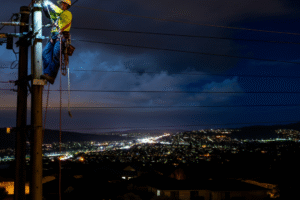PADI Rescue Diver Course: Diving is more than just exploring vibrant reefs or swimming alongside marine life. At some point, every diver reaches a stage where adventure blends with responsibility. This is where the PADI Rescue Diver course steps in. It is often described as one of the most rewarding and transformative diving experiences, pushing divers to think beyond themselves and develop skills that can save lives.
If you are an aspiring diver ready to advance your skills, this guide will walk you through what the course involves, the skills you will learn, and why it is such a crucial step in your diving journey.
What Is the PADI Rescue Diver Course?
The PADI Rescue Diver course is designed to prepare divers to manage emergencies both underwater and at the surface. It goes beyond basic safety and teaches you how to anticipate problems before they escalate. While many diving certifications focus on personal skills and exploration, this course emphasizes helping others, improving situational awareness, and enhancing confidence.
It is not a course that tests only your physical ability—it also trains your mind to respond under pressure. The skills you gain here are valuable whether you are diving with friends, strangers, or as part of a professional dive team.
Why It’s Called the “Turning Point” in Diving
Many divers describe this stage as a turning point because it changes the way you see diving. Before, you might have been focused on your own buoyancy, air consumption, and comfort. After completing the PADI Rescue Diver course, your awareness expands to the entire dive environment. You begin to notice when another diver looks fatigued, when equipment is not set up correctly, or when conditions are changing rapidly.
This broader perspective is what makes you a more competent and trusted dive buddy.
Key Skills You Will Learn
The PADI Rescue Diver course combines theory, confined water practice, and open water scenarios. Here are some of the skills and knowledge areas you will cover:
-
Self-Rescue Techniques
Before helping others, you must know how to handle your own emergencies. This includes recovering from cramps, dealing with equipment malfunctions, and managing stress underwater.
-
Recognizing Diver Stress
Not all emergencies start suddenly. Sometimes they build slowly, and stress is the first sign. You will learn how to spot it early and step in before it becomes dangerous.
-
Assisting Panicked Divers
Panicked divers may act unpredictably. You will practice safe approaches and control techniques to help them without putting yourself at risk.
-
Handling Tired Divers
Fatigue can set in from swimming against currents, carrying heavy gear, or simply overexertion. You will learn how to tow a diver safely to the surface or shore.
-
Underwater and Surface Search Patterns
In real emergencies, a diver may go missing. You will practice organized search methods to locate them quickly.
-
Emergency Exit Techniques
Once you’ve reached a distressed diver, you must know how to bring them to safety. The course teaches multiple ways to exit the water depending on the environment.
-
First Aid for Diving Incidents
From near-drowning to decompression sickness, you will cover first aid responses specifically for diving-related injuries.
PADI Rescue Diver Course Structure
The PADI Rescue Diver course is typically split into three main parts:
-
Knowledge Development
This includes theory lessons on stress recognition, emergency prevention, and rescue procedures. It can be completed through reading materials, videos, or online learning platforms.
-
Confined Water Training
Skills are practiced in a pool or shallow water environment before moving into real-world conditions.
-
Open Water Scenarios
You will participate in realistic simulations where you apply all your skills under pressure, often without knowing exactly what will happen next.
These scenarios are designed to test your ability to adapt. For example, you might be swimming toward a distressed diver when the instructor suddenly changes the situation to simulate unconsciousness.
Physical and Mental Preparation

While you do not have to be an athlete, you should be comfortable in the water and ready for physically active training. Strong swimming skills and good stamina will help you complete rescue tows and exits more effectively.
Mentally, you must be prepared to remain calm when others are not. The course often introduces stress deliberately, so you learn to think clearly in challenging moments.
The Role of Teamwork
Rescue diving is rarely a solo effort. Throughout the PADI Rescue Diver course, you will learn to coordinate with other divers during emergencies. Communication is key, both through hand signals underwater and verbal instructions on the surface.
The teamwork skills you gain here can also benefit your everyday diving. You will find yourself checking on your dive buddy more often, offering help before it is needed, and communicating more effectively.
How It Changes the Way You Dive
One of the most surprising things graduates notice is how much their own safety improves. By learning to help others, you automatically sharpen your own diving habits. You become more observant, better at conserving air, and quicker at spotting hazards.
This heightened awareness often leads divers to pursue further training, such as becoming a Divemaster or enrolling in specialties like deep or wreck diving.
Common Challenges and How to Overcome Them
Like any skill-based course, the PADI Rescue Diver course can be challenging. Here are a few obstacles students often face:
-
Staying Calm around a Panicked Diver
Practicing in controlled conditions helps, but the real skill comes from focusing on the steps rather than the chaos.
-
Managing Physical Fatigue
Stay hydrated, pace yourself, and use efficient towing techniques to save energy.
-
Remembering Multiple Rescue Steps
Break them into smaller actions. Over time, these become automatic through repetition.
By the end, many students feel proud not just of their technical progress but of their ability to handle stress with confidence.
After the Course: Your Diving Future
Once you have completed the PADI Rescue Diver course, you will not just be another certified diver. You will be someone others rely on when things get difficult.
Many graduates choose to continue their education with Emergency Oxygen Provider training or move toward professional-level certifications. Some even volunteer for local search and rescue groups, using their skills to contribute to community safety.
Regardless of your path, the knowledge and experience you gain will stay with you every time you enter the water.
Conclusion
The PADI Rescue Diver course is more than just another certification. It is a step toward becoming a more responsible, skilled, and confident diver. You learn not only to handle emergencies but also to prevent them, making every dive safer for you and those around you.
If you are serious about diving, this course will change the way you think and act underwater. The ocean will always hold its share of surprises, but with the right skills, you can meet them with confidence and competence.



